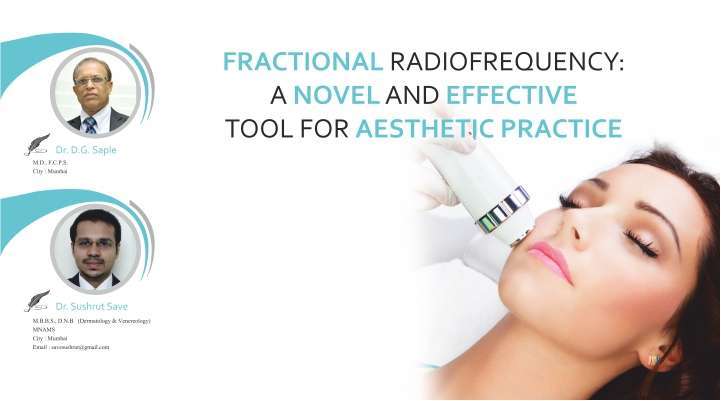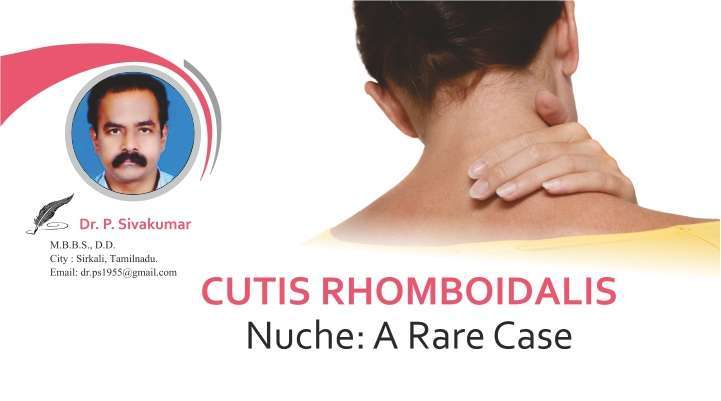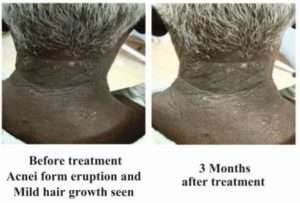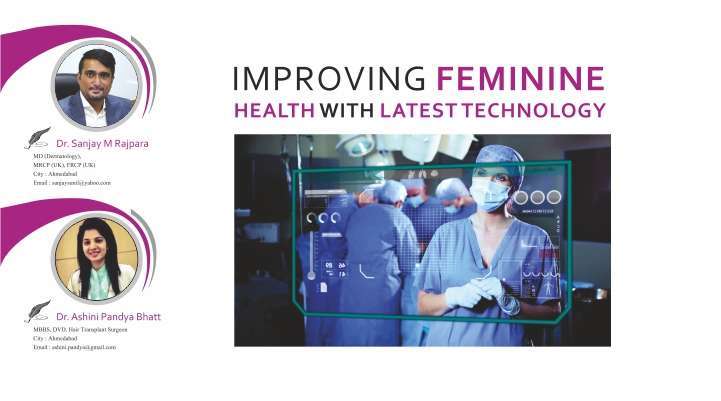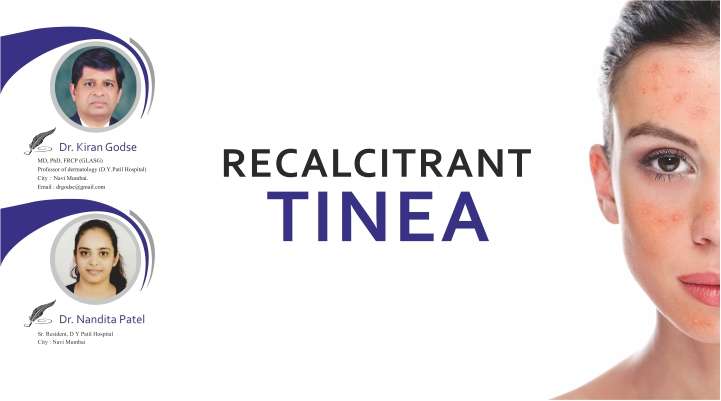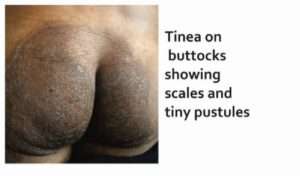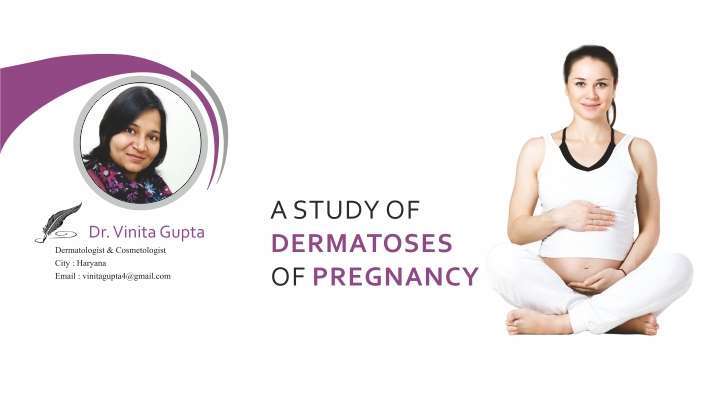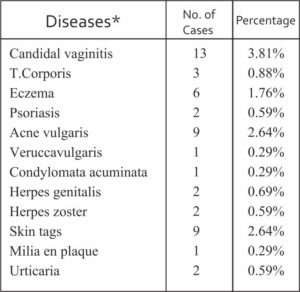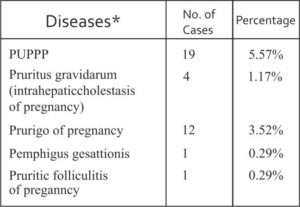In spite of the various advances and refinement in laser technology over the past few decades, Acne scars as well as post-acne pigmentation still continues to have a cosmetic but most importantly psychological effect on many patients throughout the world.
The acne scars may either be atrophic, hypertrophic or keloidal. The atrophic acne scars are further categorized as boxcar scars, ice-pick scars, rolling scars depending upon their morphology. The pathogenesis of acne scars is poorly understood and may be attributed to inflammatory mediators and enzymatic degradation of collagen fibers and subcutaneous fat.1
Various modalities of treatment are now available at our disposal depending upon the type of scar. The type and location of the scar is of utmost importance in the selection of treatment option. For the past few years, several different treatment options have been tried, either alone or in combination, for the treatment of acne scars.2 These include microneedling, punch biopsy/excision, intralesional corticosteroid injections, subcision, cryotherapy, filler injections, electrofulguration, chemical peels as well as the use of various scar minimizing creams and gels. Other resurfacing techniques have also been tried include microdermabrasion and dermabrasion. However, lately, continuous work in the field of lasers and other energy based technologieshas have led to the development of both ablative and non-ablative laser technologies which have been successfully employed for scar therapy. However, these modalities are often limited by their side effects including post-inflammatory hyperpigmentation (PIH) as well as prolonged healing times, particularly true for ablative lasers.
With the advent of fractional technology, many of the previously encountered side-effects and drawbacks of scar revision surgery are slowly being tackled, especially when pitched against the ablative lasers.3
Previously, the carbon dioxide (CO2) laser system was considered as an important modality for the treatment of facial lines and wrinkles as well as acne and traumatic scars. It involved the use of this laser in continuous or pulsed mode and resulted in the destruction of a part of the epidermis and dermis in some cases.
The resulting neocollagenesis which occurred during the process of wound-healing helped in the re-modelling of the scar. However, with the use of CO2 laser, the downtime was almost 10 days or even more, depending upon the parameters used, and post-inflammatory hyper or hypopigmentation soon turned out to be a major deterrent in the use of this laser.
Incidence rates for this postlaser hypopigmentation have varied from single digits to as high as 20 percent.4,5
The erbium:yttrium-aluminum-garnet (Er:YAG) laser was later introduced in order to tackle these problems. It has a higher absorption coefficient for water and theoretically should not produce the same adverse events as the “more powerful” CO2 lasers. In truth, postlaser hypopigmentation with the Er:YAG lasers still can occur as well as other problems similar to those of the CO2 laser. Downtime still may be from 5 to 7 days depending on the power utilized.
Due to these “problems,” ablative laser resurfacing fell out of favor among many laser surgeons. Patients then began receiving rejuvenation treatments with near-infrared non-ablative lasers, but with only minimal effects (as most would argue), and intense pulsed light (IPL) devices. It worked well for the treatment of pigment and vascular changes found on the skin, but had only minimal effects on collagen and elastin, thereby not providing the same results as ablative laser resurfacing in treating wrinkles and scars. The near-infrared lasers included various 1319 to 1320nm lasers as well as laser systems in the 1450 and 1540nm range. The 532nm potassium titanyl phosphate (KTP) laser and the 585 to 595nm pulsed dye lasers (PDL) also received attention in the rejuvenation arena, although they are much better at vascular treatments than rejuvenation.4,5
Fractional technology creates predetermined symmetric columns of microthermal zones (MTZ) surrounded by healthy unaffected tissue, resulting in much quicker healing times. An ideal treatment can be characterized as safe and effective with minimal to no discomfort perceived by the patient as well as little to no downtime. One leading technology that has been shown to fulfill these criteria is fractional radiofrequency (RF)- based devices, which have a proven efficacy and safety for the treatment of numerous aesthetic thorns including rhytids, skin laxity, skin texture and smoothening as well as the aesthetic improvement of scars with very little downtime. 6,7,8
Fractional RF technology has been proven to effectively and efficiently deliver heat energy deep into the targeted dermis, resulting in fibroblast stimulation, dermal remodeling, neocollagenesis and elastogenesis while only causing minimal disruption of the epidermis, leading to excellent treatment outcomes with minimal downtime. 6,7
The fractional RF micro-needling technology is an innovative design that uniquely treats the target area through rapid penetration of specially designed insulated micro-needles without causing extensive damage to the epidermis. Through the action of the micro-needles, a tiny column is created that facilitates healing and brings about a growth factor that develops the mechanism of natural recovery with the effect being similar to that of peeling, but with minimal impact on the epidermis. Use of fractional radiofrequency has several advantages such as, lesser downtime, low side-effect profile, no post-procedure scab formation and being ‘colour-blind’, there are minimal chances of post-inflammatory hyperpigmentation.8,9,10
Our clinical experience with Fractional RF
The device being used in our aesthetic practice today is Venus Viva TM (venus Concept, Toronto, Canada), which is a fully customizable, non-invasive treatment solution for many dermatological indications which are commonly encountered in our day-to-day practice.
Scar Management
Post-acne scars, post-chicken pox scars along with post acne pigmentation are the most commonly addressed problems in our clinic.
The scars were fresh erythematous as well as old atrophic.
The patients were followed up at each subsequent treatment session, and pre and post-treatment clinical photographs were taken at baseline and at each follow up visit, and were made available for comparison at the end of the treatment period. Treatment safety was assessed by the frequency and severity of adverse events reported throughout the duration of the treatment period.
All of the patients provided written informed consent prior to the initiation of therapy, and noted their satisfaction regarding the treatment procedure at the predetermined follow up visits.
Just prior to performing the Venus Viva scar treatment, any moisturizer cream and make-up was thoroughly removed from the target skin, followed by a meticulous disinfection of the area using 70% alcohol followed by Normal saline. The use of topical anesthetic is generally avoided unless the patient is not able to tolerate the pain.
The typical parameters used during the scar treatment procedure were between 250 to 270 V, and between 10 to 15 msec pulse duration. Depending upon the thickness of the skin and the depth as well as type of scar, a maximum of 3 passes were performed perpendicular to the surface of the skin. With each pass, a slight angulation was maintained, so as to avoid the problem of stacking. At the end of each session, a sunscreen was applied. Mild erythema and edema was the only noticeable finding at the end of a session.
Results
Our patients underwent anywhere from 2 to 6 treatments with the device depending on the individual clinical presentation as well as the location of the scars, until a satisfactory outcome could be achieved. (Figure 1A and 1B) It was found that regardless of the scar type, age of the scar, as well as anatomic location, fractional radiofrequency treatments could significantly improve the scar tissue in all of our patients in just a couple of sessions.
Pigmentation
Patients with stubborn melasma, post-inflammatory pigmentation as well as photomelanosis usually showed significant improvement on being treated with Fractional Radiofrequency. Diagnosis of pigmentation is quite important as it cannot be used for any malignant pigmentation, toxic pigmentation or birth marks. Once the cause of pigmentation is established, the pre-procedure preparation for the patient remained the same. For pigmentation, the parameters selected were between 220 to 245 V, with 10 to 15 msec pulse duration. The patients were then asked to apply a sunscreen and were prescribed non-steroidal depigmenting creams along with oral tranexamic acid. Some of the patients are also treated with topical vitamin C as well as topical tranexamic acid immediately after the procedure. A remarkable reduction in the pigmentation is achieved in just two sittings for most of the patients. (Figure 2a & 2B)
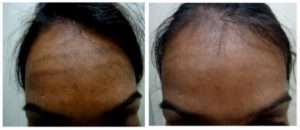
Conclusion
It was observed that majority of the patients undergoing treatment for scars as well as pigmentation showed significant improvement after a couple of sessions with fractional radiofrequency. The scars not only appeared more homogenous but also matched the surrounding non scarred skin as far as texture and colour were concerned.
While undergoing treatment, the radiofrequency energy brings about dermal heating as well as subsequent therapeutic fallout of the induced tissue inflammation. There is an increase in the temperature of the targeted skin leading to denaturation of collagen and stimulation of fibroblasts to generate new collagen and elastic fiber formation.
Amongst all the energy based devices currently available for scar and pigmentation treatment, fractional radiofrequency based devices have proven particularly successful for this indication due to their favorable aesthetic outcomes coupled with an excellent side effect profile.
References
- Simmons BJ, Griffith RD, Falto-Aizpurua LA, Nouri K. Use of radiofrequency in cosmetic dermatology: focus on nonablative treatment of acne scars. ClinCosmetInvestigDermatol. 2014 Dec 12;7:335-9.
- Lanoue J, Goldenberg G. Acne scarring: a review of cosmetic therapies. Cutis. 2015 May;95(5):276-81.
- Peterson JD, Palm MD, Kiripolsky MG, Guiha IC, Goldman MP. Evaluation of the effect of fractional laser with radiofrequency and fractionated radiofrequency on the improvement of acne scars.Dermatol Surg. 2011 Sep;37(9):1260-7.
- Min S, Park SY, Yoon JY, Suh DH. Comparison of fractional microneedling radiofrequency and bipolar radiofrequency on acne and acne scar and investigation of mechanism: comparative randomized controlled clinical trial. Arch DermatolnRes. 2015 Dec;307(10):897-904.
- Hongcharu W, Gold M. Expanding the clinical application of fractional radiofrequency treatment: findings on rhytides, hyperpigmentation, rosacea, and acne redness. J Drugs Dermatol. 2015 Nov;14(11):1298-304.
- Kaminaka C, Uede M, Matsunaka H, Furukawa F, Yamamoto Y. Clinical studies of the treatment of facial atrophic acne scars and acne with a bipolar fractional radiofrequency system. J Dermatol. 2015 Jun;42(6):580-7.
- Krueger N, Sadick NS. New-generation radiofrequency technology. Cutis. 2013 Jan;91(1):39-46.
- Kim JE, Lee HW, Kim JK, Moon SH, Ko JY, Lee MW, Chang SE. Objective evaluation of the clinical efficacy of fractional radiofrequency treatment for acne scars and enlarged pores in Asian skin. Dermatol Surg. 2014 Sep;40(9):988-95.
- Kaminaka C, Uede M, Makamura Y, Furukawa F, Yamamoto Y. Histological studies of facial acne and atrophic acne scars treated with a bipolar fractional radiofrequency system. J Dermatol. 2014 May;41(5):435-8.
- Gold MH, Biron JA. Treatment of acne scars by fractional bipolar radiofrequency energy. J Cosmet Laser Ther. 2012 Aug;14(4):172-8.

